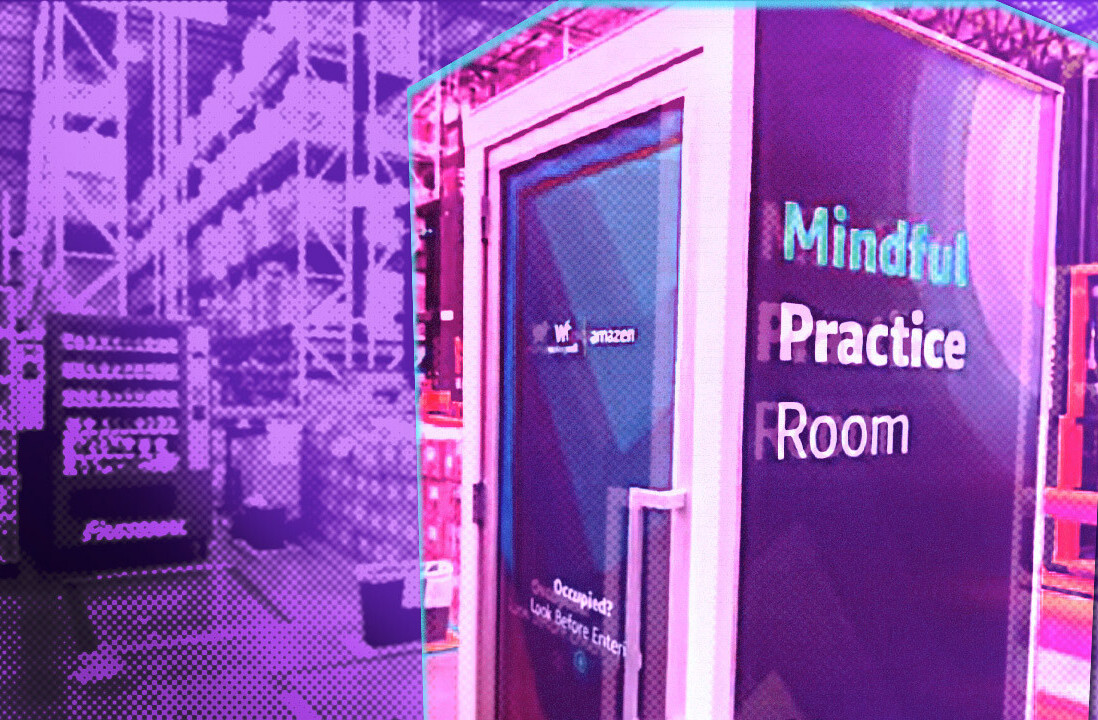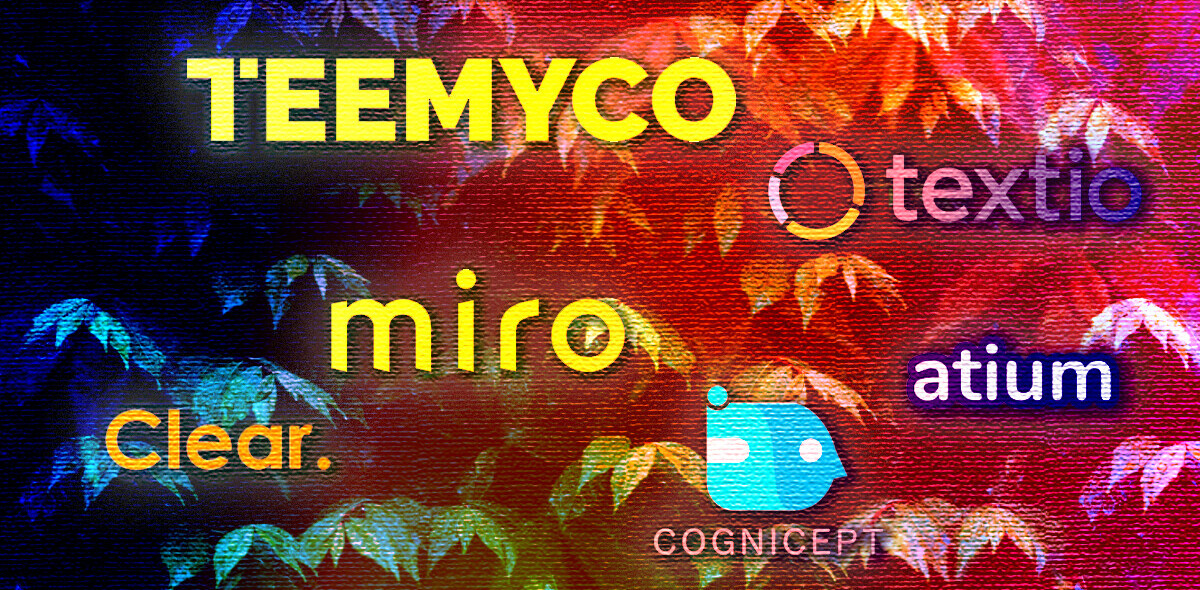
After one year of working from home, I knew my team needed a change.
Judging by conversations I had with colleagues, family, and friends, it was becoming very clear that the new-to-remote workforce was on the fast track to hitting a collective wall.
Generally, we try to keep our ears close to the ground when it comes to listening to employee feedback at Storyblocks so we can spot any mounting issues and nip them in the bud quickly. In the early days of the pandemic, this meant figuring out creative ways to maintain our company culture while working remotely.
So we went all-in and enrolled in virtual cooking classes, collaborated to crack the code in a virtual escape room, and gathered employees based on shared interests outside of work with interest-based clubs like podcasts and book clubs.
We also launched some of our newest business resource groups (BRGs) in an effort to unite employees within our workplace based on shared characteristics or life experiences as our team continues to grow and evolve.
But while these initiatives helped foster an increased sense of connection and belonging among employees, they did not address the percolating problem that many companies are up against now – employee burnout.
Enter: No Meeting Week
After surveying Storyblocks employees and doing some digging to find the spark that lit the match of employee burnout, we found that Zoom fatigue was a recurring theme driving burnout.
When we looked at how much time Storyblocks employees were spending in meetings across all of our departments, we found that it ranged from around 40 to upwards of 80% of their workday, with certain teams that meet as a core function of their productivity (i.e. product and marketing teams) over-indexing on time in meetings in comparison to time in “deep work” phases. And while this percentage of meetings may have been similar to pre-pandemic, there was one main difference – meetings were now on video.
Zoom fatigue has become a common culprit of employee burnout throughout the pandemic. According to the Zoom Exhaustion and Fatigue Scale, created by Jeremy Bailenson, founding director of Stanford University’s Virtual Human Interaction Lab, there are five different types of fatigue associated with video calls:
- general (overall tiredness)
- social (wanting to be alone)
- emotional (being overwhelmed and “used up”)
- visual (symptoms of stress on one’s eyes)
- and finally, motivational (lacking the drive to start new activities).
Additionally, video calls contribute to the “always on” mentality that has resulted from working from home during the pandemic, which has made it difficult for many people to discern where work ends and home life/personal time begins.
When doing research on employee burnout, we quickly found that this problem was something many companies are also up against. For example, to persuade people to take time off, Google has started offering a bonus vacation day for those who book time off. PwC has also started offering their US-based employees $250 for every full week of vacation booked, up to $1,000 a year.
But while these programs are substantial and tackle the problem of employees not taking their PTO, we wanted to make sure whatever initiatives we put into place hit at the real root of our employees’ burnout.
That’s why we decided to initiate a ‘No Meeting Week’ to enable heads down, uninterrupted work time that would help our employees recharge and catch up on larger projects.
What we found
Following No Meeting Week, we conducted an internal survey to get a sense of whether or not the initiative was successful at easing employee burnout, and I’m happy to say the feedback was overwhelmingly positive.
In fact, nearly three-quarters of employees who participated in the survey said they had more time for their personal life throughout the week and nearly 90% of employees said they were more productive compared to a normal week.
They also said they appreciated the added flexibility of not being tied to a strict meeting schedule, and felt like everyone they spoke with were in a noticeably better mood throughout the week.
Other positive outcomes included: added flexibility, more consistent sleep patterns, slack traffic decreased, and more time for reflection and ad-hoc discussions.
Interestingly, while it technically was No Meeting Week, many employees found that they collaborated much more in an organic fashion than they normally do throughout the week, and ad-hoc meetings felt more purposeful and organic.
Last, but definitely not least, our employees across the board reported having a more positive attitude toward the work they were doing. That’s a big win in my book.
Keeping up the momentum
In order to keep up the positive momentum from No Meeting Week, we will be testing out a summer break in July, where all employees will be taking the same week off.
I’m hoping this will enable employees to really disconnect and focus on personal time by reducing back-and-forth emails throughout the week.
Additionally, we have reinforced the idea that going “camera-on” for meetings is optional, and we’ve encouraged all employees to “audit” their meetings to ensure that they are productive and actionable for all attendees.
While we are all still new to remote work, the solutions we’re uncovering to combat the issues that come with it are building the framework for a more positive work culture than we’ve seen in years past.
Over the past year, our experience learning how to tackle these new workplace challenges will be an important skill for us as we move toward ironing out what the best hybrid model will look like for current employees and future generations.
Get the TNW newsletter
Get the most important tech news in your inbox each week.





